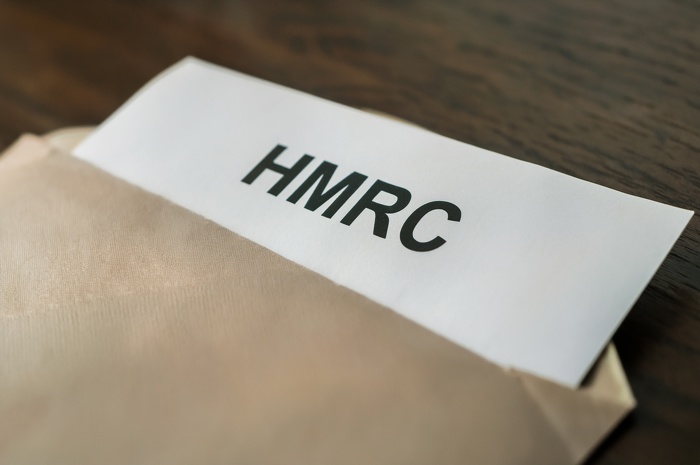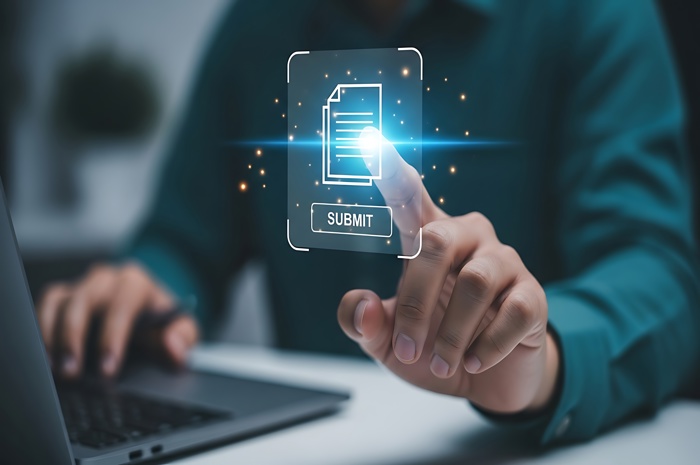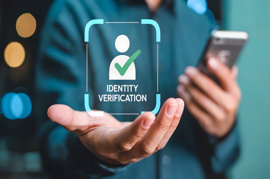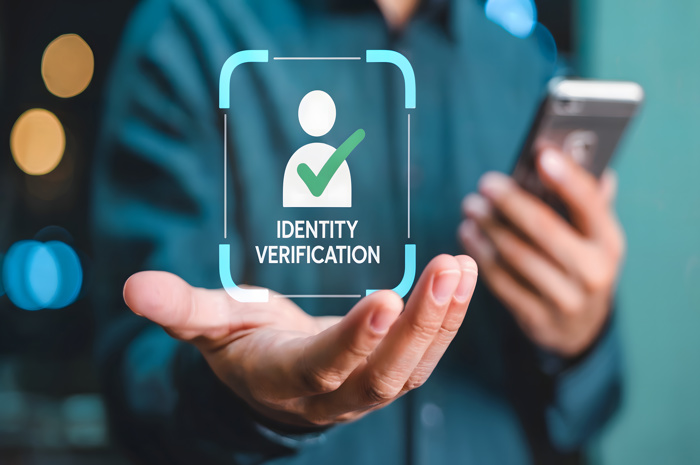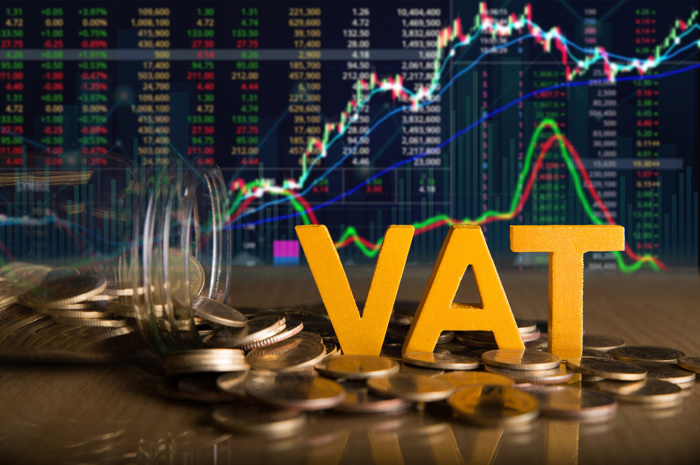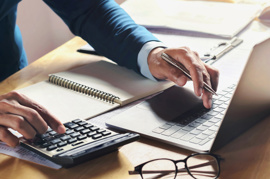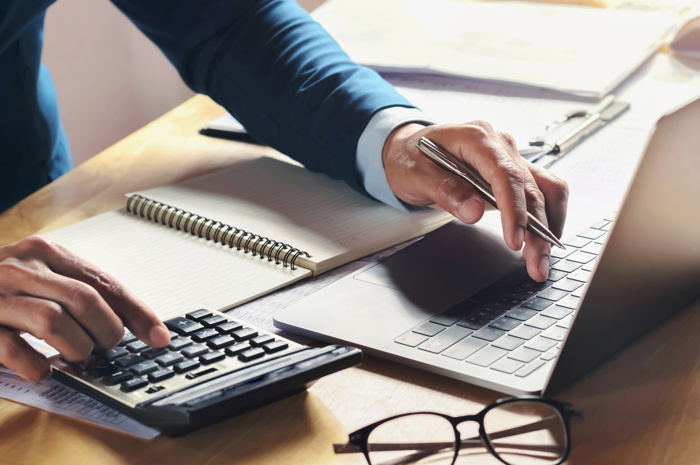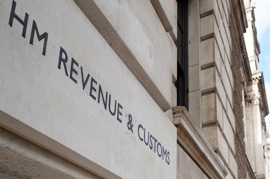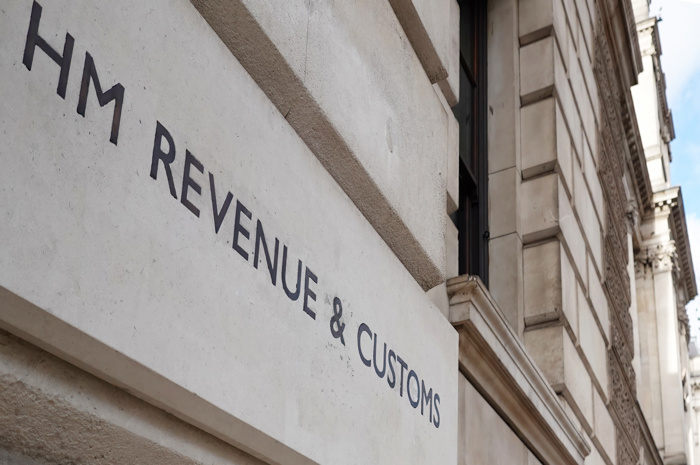Notice to deliver a Company Tax Return
Working out your Corporation Tax
- Start with the total income: This includes sales of goods or services, interest, rental income or any other sources of income the company makes
- Consider business expenses: Allowable business expenses (such as staff wages, direct costs, utilities, other expenses) will reduce your taxable turnover.
- Check for allowances: You may be eligible to claim capital allowances on fixed assets. Be sure to check if the assets are applicable; they can allow you to deduct up to the full cost of the asset from your profits before tax.
- Add back disallowable expenses: These expenses do not reduce your tax liability, and such expenses include depreciation expense, fines and penalties, and personal expenses.
- Apply the appropriate tax rate: If your profits are below £50,000, the tax rate is 19%. For profits over £250,000, the rate is 25%. If your profits fall between £50,000 and £250,000, the tax rate will be somewhere between 19% and 25%, based on a sliding scale. Simply multiply your taxable profits by the correct tax rate to determine your Corporation Tax liability.
You can choose to file your company tax return by filing yourself through HMRC recognised software, use the government website or pay an accountant to prepare and file your tax return for you.
Our filing platform provides all the templated forms you need to file your company tax return with HMRC in one submission, including IXBRL accounts. If you choose, you can also file your Corporation Tax and annual accounts at the same time, with a submission to Companies House included. Contact our advisors or find out more about how to file.
Filing Dates vs Payment Dates
For filing corporation tax, your filing date will be 12 months after the end of your accounting period for HMRC. However, any corporation tax will be payable after 9 months (please see below). Your filing date to file a set of accounts to Companies House will be 9 months after the end of your accounting period.
For Self-Assessment, for self employed people, the filing date (online) and payment deadlines are both due by 31st January. If filing by paper, the filing date is a lot sooner and need to be filed to HMRC no later than the 31st October each year.
However, you can choose to file your self-assessment tax return early (as soon as the tax year ends) and keep the payment deadline of 31st January.
In both cases there are several benefits to filing early, such as:
- Reducing stress by avoiding last-minute filing.
- Knowing what you owe earlier, so you can budget and pay in instalments if needed.
- Getting any refund sooner.
- Having proof of income for things like a mortgage, loan, or benefits claims.
- Avoiding busy phone lines and using quick, easy online services
Filing and paying Corporation Tax
This can be confusing for many first-time Corporation Tax filers, who might assume that filing means paying corporation tax, especially as you can choose to pay and file your company tax return at the same time. But unlike Self-Assessment, filing your CT600 and paying the bill are in fact two different actions which are due on different dates.
This does sound a bit strange but Corporation Tax payments are first in line in the sequence! HMRC expects Corporation Tax to be paid 9 months and 1 day after the company’s accounting period. However, the Corporation Tax return is expected to be filed 12 months following the end of the period.
For example, if your accounting period ends on 30th September 2024, your corporation tax payment date would be by 1st July 2025. But the return would not be expected to be filed until 30th September 2025. However, most people choose to file there company tax return and pay corporation tax at the same time. You won’t be fined a penalty if you miss the payment deadline, but you will be charged interest at the rate of 7% as of 25th February 2025. That being said, penalties are issued for late filing of the company tax return.
So, how can I pay the tax bill?
In order to pay your Corporation Tax, you will need your 17-character payment reference number, which can be located on either your notice to deliver your tax return from HMRC or in your company's online Gateway account. This reference number helps HMRC allocate the payment accordingly. Please note that for each accounting period, there is a different payment reference number to be used.
The 17-character payment reference number usually follows this format: 1334566763A00103A. Let’s break this down into the 4 relevant parts:
1334566763 – Company UTR (10 digits), which can be located from any notices received from HMRC
A001- standardised and will not be different
03- reference to the accounting period. Here, this is the payment for the 3rd accounting period.
A – standardised and will not be different
When making the payment, it is important that the correct payment reference number is used, as it could lead to the payment being delayed. These details are contained in your notice to file and can also be found by logging into your government gateway account.
You can either pay corporation tax via:
- Paying online through online bank account or your government gateway account
- Online or telephone banking: Bacs, CHAPS, Faster Payments
- Direct debit approved by HMRC
- Corporate credit card or debit card (please be wary on fees on the use of such cards)
- By cash or cheque at your bank or building society
HMRC recommends paying the Corporation Tax bill online through your Government Gateway account as the details (like the payment reference number) will be automatically entered for you. It also reduces the issue of payments being allocated incorrectly or going missing.
Please note that the time you need to allow depends on how you can pay your Corporation Tax bill; thus, it is best to allocate enough time to make the necessary payment.
Why are the payment and filings date different?
The reason for the later filing date is that occasionally, companies may find that their company tax return for the period does not match their tax bill, in which case they will receive a refund from HMRC, or be required to make a payment if their Corporation Tax ends up being more than the tax bill. In this circumstance, the later filing date avoids unnecessary penalties being imposed on companies who are affected by a discrepancy in HMRC’s favour.
Receiving a notice to file from HMRC can feel overwhelming, but staying organized and understanding key filing dates and procedures will help ensure you meet your obligations on time. If you need any assistance, don’t hesitate to contact our team at Easy Digital – we're here to guide you through every step of the process.
